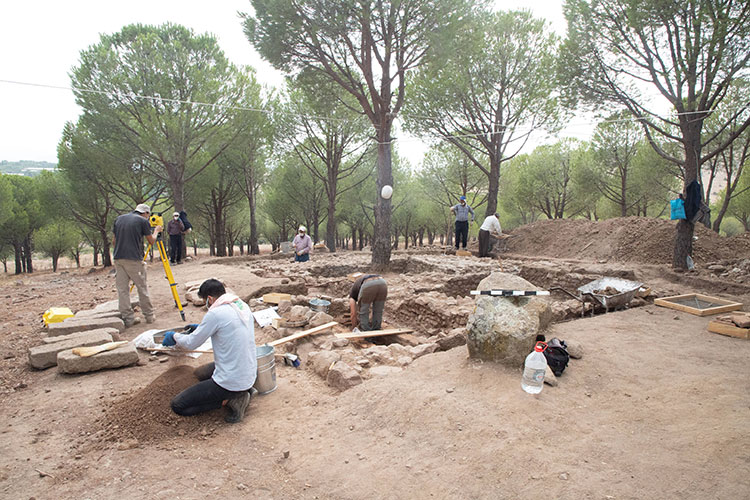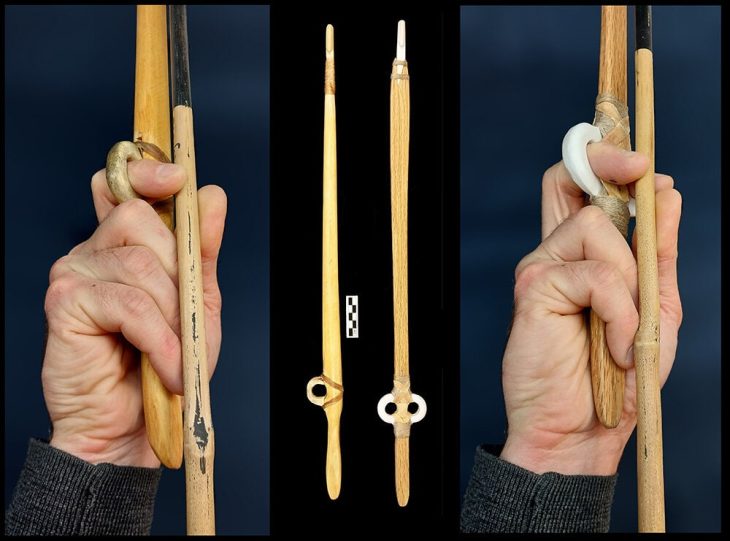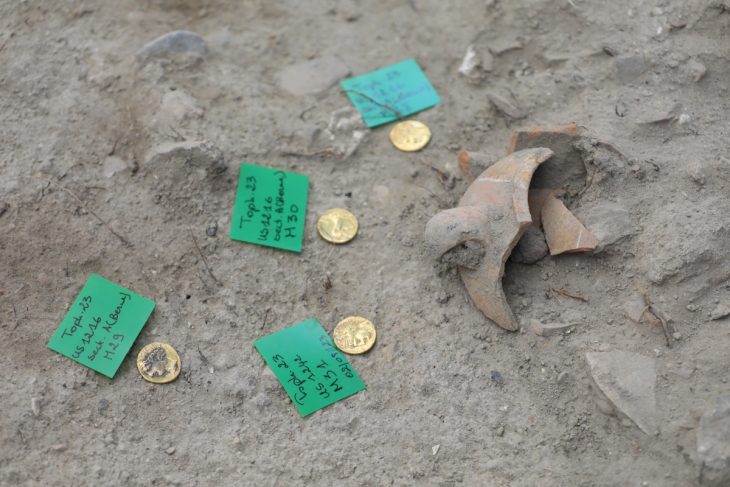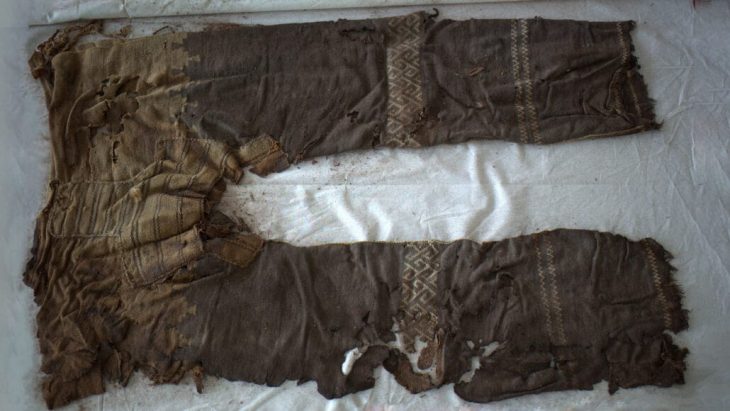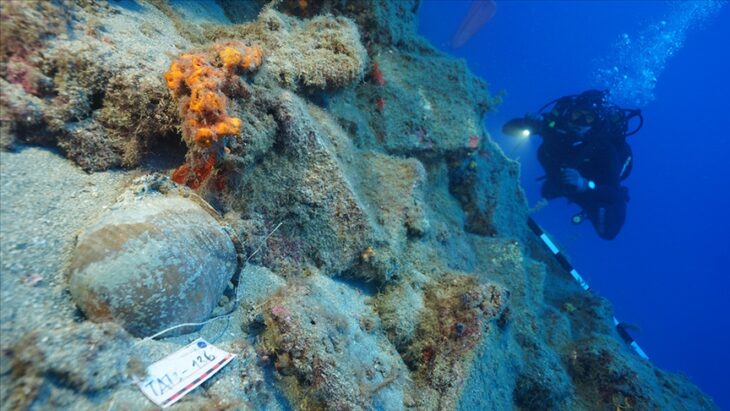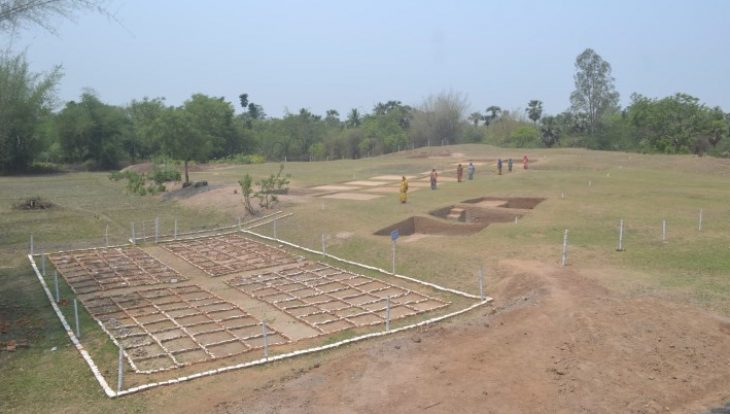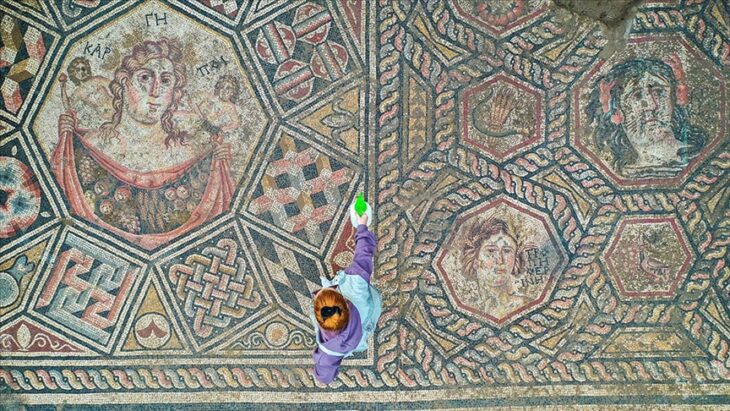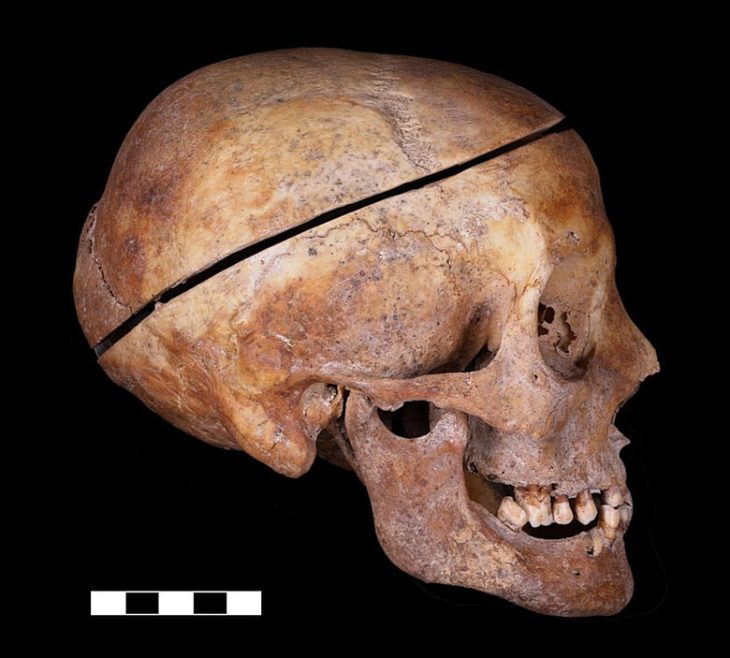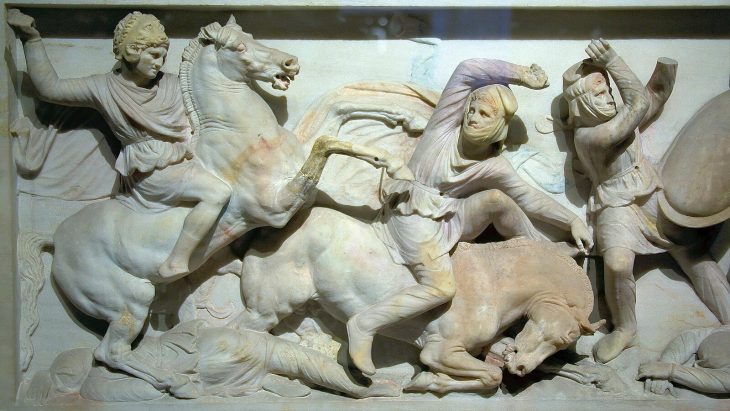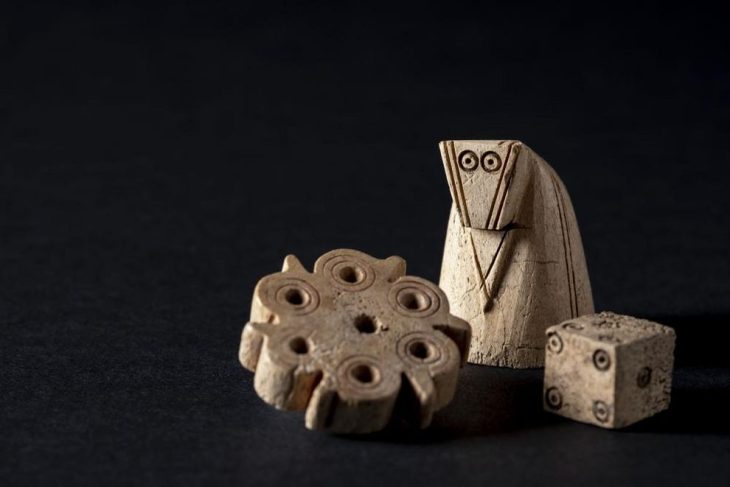During the excavations carried out in the Ancient City of Bergama, which is on the UNESCO World Heritage List, the tomb of the Priest Markos, the Bird Oracle of Antiquity, was unearthed.
The ancient city of Pergamon, located in Turkey’s western Izmir province, continues to offer new discoveries.
With the permission of the Turkish Ministry of Culture and Tourism, the Bergama Museum, and the German Archaeological Institute continue excavating the ancient city of Pergamon (Bergama).
Researchers discovered burial sites called necropolises in the Asclepion and healing temples dedicated to Asclepius, the first doctor demigod and the son of Apollon. The inscription on the andesite block discovered in the necropolis, where treasure hunters had previously conducted illegal excavations, indicated that a grave belonged to Markos, Trophimos’ son.
Epigraphy (inscription) experts determined that Markos, the owner of the tomb, was a “Bird Oracle” priest who lived in the second century AD.
📣 Our WhatsApp channel is now LIVE! Stay up-to-date with the latest news and updates, just click here to follow us on WhatsApp and never miss a thing!!
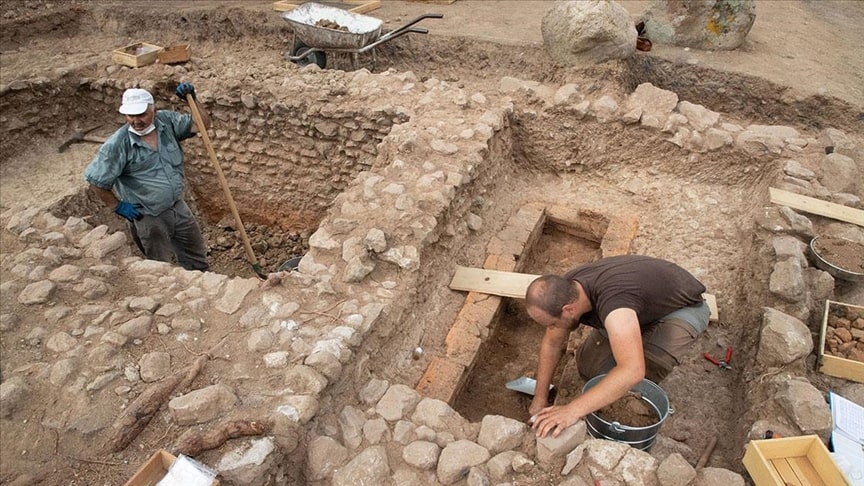
Markos, called “augur” and whose main role was a prophecy in the Roman world, interpreted the will of the mythological gods by examining the flight of birds and making predictions about the future based on details such as flight direction, sounds made while flying, and bird species.
Based on bird oracle texts dating back to the 14th century, prophesying by observing birds is thought to have emerged in Hittite culture. It does, however, appear in Hesiod and Homer’s texts from ancient Greece. For example, in Homer’s “Odyssey,” an eagle flies three times with a dead dove in its talons, which is interpreted as Odysseus’ arrival.
The tomb of Markos, who is believed to have prophesied on many issues including political events, included rare artifacts that were buried with the oracle Markos, such as a perfume bottle, a plate, a candle and a scraping tool called a strigilis – used to clean bodies of oil and sand.
After the rescue excavation, the tombs thought to belong to the Oracle Markos and his family were covered.
Professor Ulrich Mania, an archaeologist from the German Archaeological Institute, said that he has been working in the Pergamon excavations for a long time and that the latest findings in Asklepion were also of great historical importance. Stating that besides the excavations, the ground-level research also sheds light on the unknowns of the ancient age, he said: “We came across an illegal excavation site in Asklepion three years ago. We found a few ceramic pieces and a few beautiful stones. Two years after the first discovery, we started excavations with Pergamon Museum.”
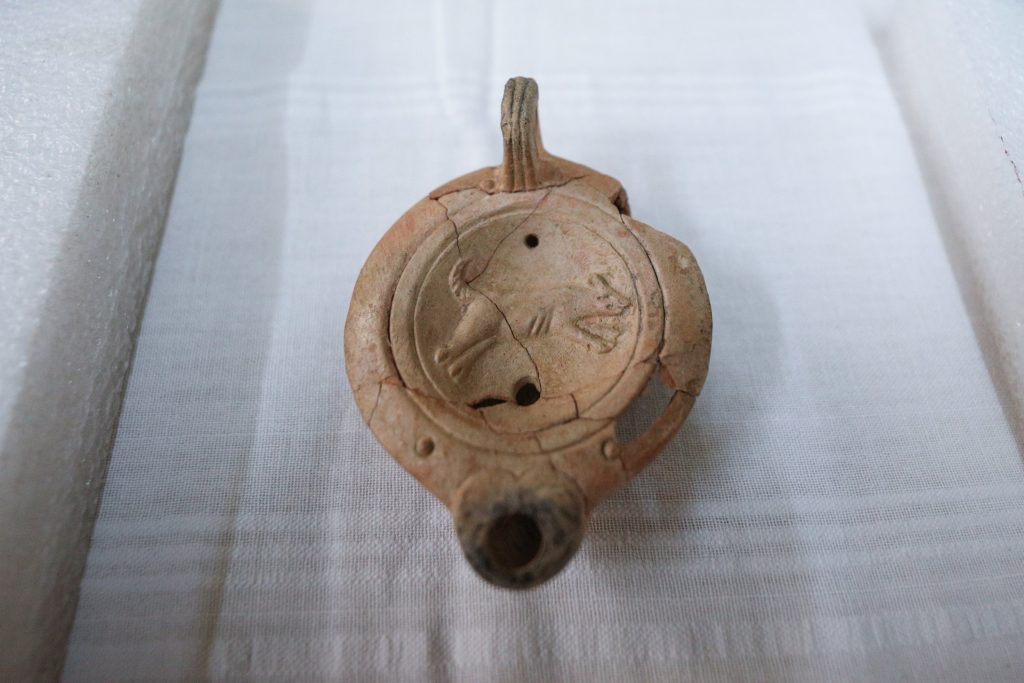
“One of the most important things in the excavation was an inscription on the stone. It was a tomb inscription and the tomb owner’s name was given. Markos, son of Trophimos. We already knew the name Mark because we came across that name during another excavation in the area. It was also on an altar near the Asklepion,” he said.
Unfortunately, Markos’ grave was destroyed by illegal diggers, though the graves in the other two rooms were found in good condition, Professor Ulrich Mania explained.
Emphasizing that there are many necropolises dating back to antiquity, yet this tomb has a special value, Mania said: “There are many tombs in general and we do not know whom they belong to. Maybe we can find bones, ashes or a few burial gifts, yet we do not know the status of the owner of the grave. If it belongs to an oracle, a priest of higher status, this is a milestone.”
Mania stated that they hope to collect important data on both the region and history by the end of the research project with the findings that they have documented.

